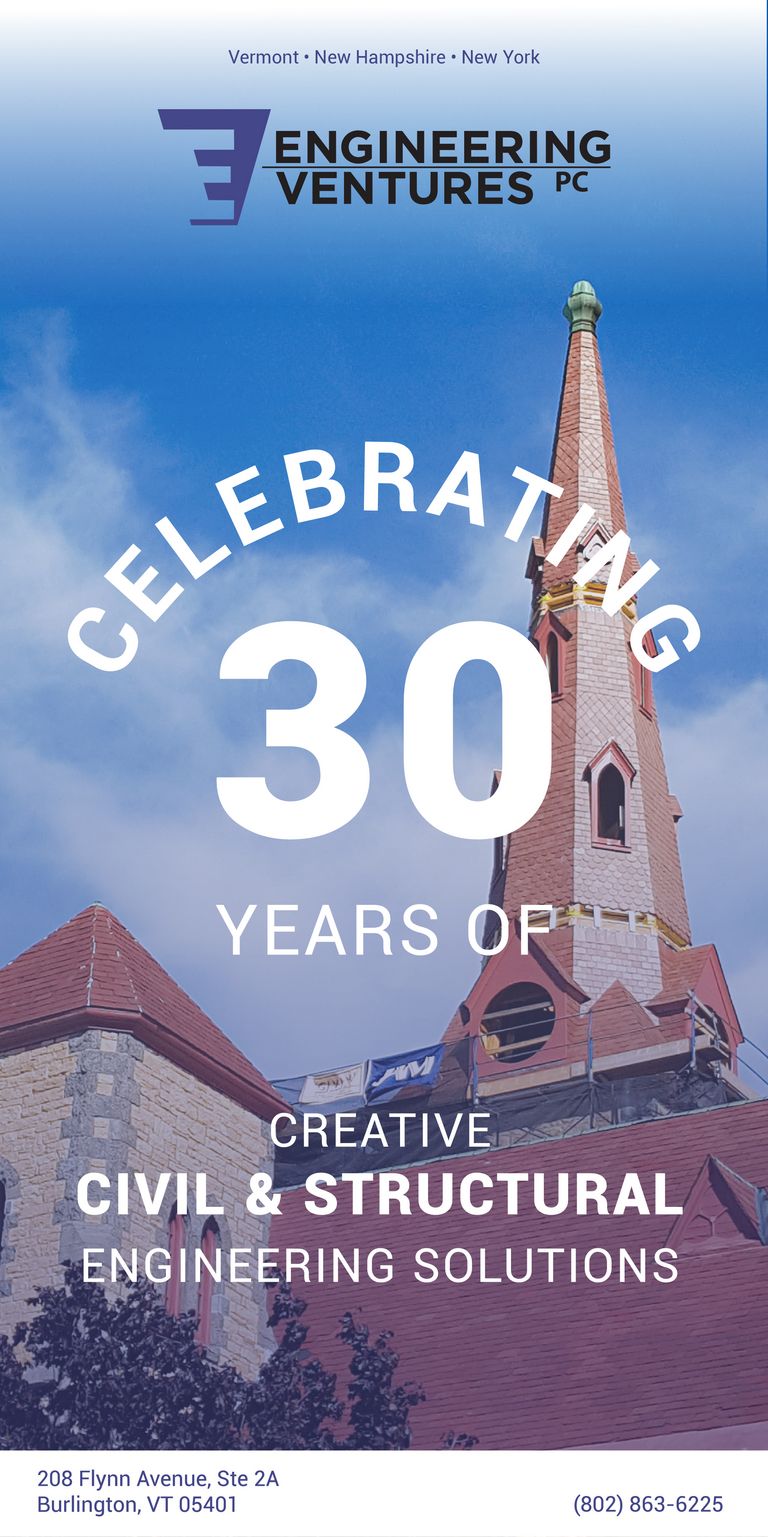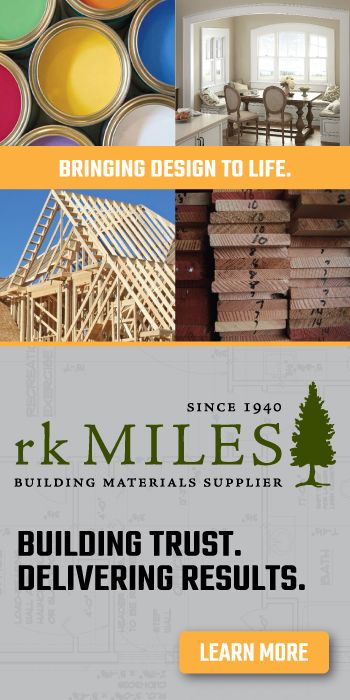AIAVT Members "Break the Ice" on Justice, Equity, Diversity and Inclusion
By Eleanor D’Aponte, AIA
On March 23, AIAVT EDI and membership committee held their very first Justice, Equity, Diversity, and Inclusion (JEDI) Icebreaker event, sponsored by Engineering Ventures, rk Miles, and Apex Lighting Solutions and held at HULA lakeside in Burlington, VT.
The demographics of our state and the public we serve is notably evolving. Vermont's Latiné population grew from 1.5% of the state's population in 2010 to 2.4% in 2020; Vermont's Black population grew from 1% of the state's population to 1.4%, and Vermont's Asian population is growing at an average annual rate of 4.45%. It is imperative that Vermont architects and firms position themselves at the forefront of building a Just, Equitable, Diverse + Inclusive Design Culture. AIA National provides excellent resources for firms guiding best practices for equity topics including compensation, recruitment and retention, and mentorship and sponsorship. These topics and many more can be found on their website: https://www.aia.org/resources/6246433-guides-for-equitable-practice
At the event, Dr. Julia Bernard, Vice President of EDI at Norwich University introduced a framework for building equitable practices and led participants through a series of reflective exercises which fostered connection and conversation. Attendees included established firm leaders as well as younger architects, some new to Vermont. Anonymous personal stories solicited from the design community prior to the event were read aloud. These experiences elicited some surprise, some sadness, and some resistance. Learning that architects of color in the state are faced with obstacles not imagined by white architects was an important first step in growing awareness and support for our colleagues. One example story follows:
“I was measuring a building where the factory floor had a very diverse population, unlike the second floor which was dedicated to administrators and scientists. I was about to measure the second floor bathroom when a white person came to me and spoke in very slow English "excuse me, but your bathroom is downstairs". I froze for a moment before I could reply to this person and explain I was an architect and I was there doing my job. I felt awful for days after this happened.”
The exercise (written stories anonymously read aloud) effectively conveyed contemporary discrimination and demonstrated the emotional impact on a person’s ability to be their best and do their best work. The committee will archive the stories and continue to collect them here: https://forms.gle/FCGZvymQd2iHpXUz7
Afterward small groups read and discussed hypothetical case studies. Each group was presented with a different scenario that reflected potential inequities in the profession from the cost of education to finding childcare. Participants were encouraged to answer questions about how they might handle various situations. For instance, one group discussed the challenges of financing an education in architecture; students with means face fewer barriers on the long road to licensure, excluding much potential talent to solving future design challenges.
A positive development shared at the event is news that the ARE® five-year “Rolling Clock” - an unnecessary barrier along the path to architecture licensure, with disproportionate effects on women and people from racially and ethnically underrepresented backgrounds-has been eliminated by NCARB.
The AIAVT EDI & Membership Committee meets monthly via zoom, and invites members who are interested in getting involved in this work to reach out to AIAVT’s Executive Director. This committee is excited to continue this important work, and will be working on planning future events and opportunities for AIAVt’s membership, including quarterly Women in Architecture meet ups, and future EDI trainings. Keep an eye on our events page for info on these and other AIAVT programs.






